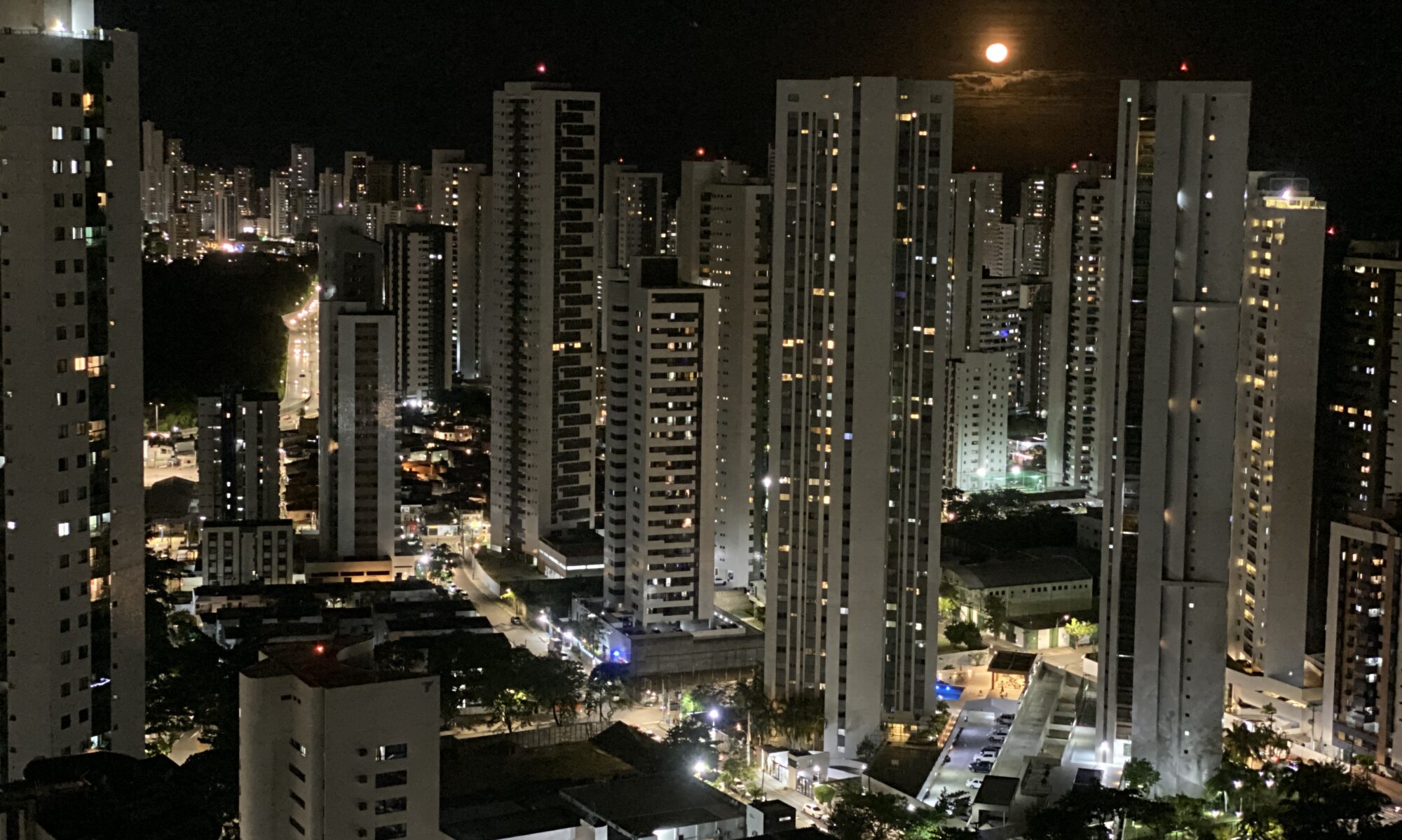With an area the size of Portugal and a population similar to that of Norway, the state of Santa Catarina is a land of contrasts: in terms of landscape, the mountain ranges are in contrast with the coastline, punctuated with beaches, bays and inlets and dozens of islands; in terms of architecture, cities such as Blumenau and Joinville have retained the same typical building style from the time the first immigrants, mainly Germans, colonized the state, contrasting with the capital, Florianópolis, which is a young, modern city with water sports championships running all year round.
The colonization process began on the coast with the arrival of Portuguese from the Azores in the middle of the eighteenth century, sent by the Portuguese king to complete the take-over. After them came the Italians, who settled mainly in the south and west of the state, and last of all the Germans, who chose to go north and north-east and founded the cities of Blumenau in the Itajaí Valley, and Joinville.
Santa Catarina is made up of a mixture of nationalities that are reflected in the culture and historical heritage of the state. Tourists can enjoy the state’s attractions all year round. In the summer, when temperatures reach 35º C, they can visit the state’s beautiful beaches, whereas in winter, when temperatures go down and snow occasionally falls, tourists can enjoy the highlands country.
Known as a piece of Europe set in the southern hemisphere, Santa Catarina has one of the highest economic development indices in Brazil, based on diverse industries including cattle-rearing and mineral extraction. The most important industries are in the agroindustrial sector covering metals, textile, ceramics and electrical and electronic machinery and equipment.
The main industrial activity takes place in the Joinville area with the textiles industry being centred on Blumenau in the Itajaí Valley. The ceramic and porcelain industries are mainly in the south of the state and export to more than sixty countries. The cities of Tubarão, Criciúma and neighbouring administrative districts have economies that are based on mineral extraction, particularly coal.
Twenty five per cent of the state is involved in agriculture with plantations growing rice, garlic, onions and apples which when harvested in Fraiburgo and São Joaquim, represent more than half Brazil’s total production which amounts to 480 tons. To the west, Santa Catarina has some of the country’s largest abattoirs such as Sadia in Concórdia, Perdigão in Vidreira and Chapecó in the town of the same name.
Exports leave via three ports: São Francisco do Sul on the northern coast, Itajaí near Camboriú, and Imbituba, Brazil’s first privately owned port in the south of the state.

